 您的购物车当前为空
您的购物车当前为空
D-myo-Inositol-1,4,5,6-tetraphosphate (sodium salt)
一键复制产品信息别名 Ins(1,4,5,6)-P4, D-myo-Inositol-1,4,5,6-tetraphosphate (sodium salt)
D-myo-Inositol-1,4,5,6-tetrahosphate (sodium salt) (Ins(1,4,5,6)-P4) is one of several different inositol oligophosphate isomers implicated in signal transduction. Production of Ins(1,4,5,6)-P4 by intestinal epithelial cells increases approximately 2-14 fold, depending on the strain and incubation time, following infection with Salmonella.[1] D-myo-Inositol-1,4,5,6-tetraphosphate (sodium salt) (Ins(1,4,5,6)-P4) is one of several different inositol oligophosphate isomers implicated in signal transduction. Production of Ins(1,4,5,6)-P4 by intestinal epithelial cells increases approximately 2-14 fold, depending on the strain and incubation time, following infection with Salmonella. Ins(1,4,5,6)-P4 antagonizes epidermal growth factor (EGF) signalling through the phosphatidylinositol 3-kinase pathway. Ins(1,4,5,6)-P4 (tested as the D/L racemic mixture) is ~1,000-fold less potent than Ins(1,4,5)-P3 at initiating Ca2+ release when injected into Xenopus oocytes.[2]

D-myo-Inositol-1,4,5,6-tetraphosphate (sodium salt)
一键复制产品信息D-myo-Inositol-1,4,5,6-tetrahosphate (sodium salt) (Ins(1,4,5,6)-P4) is one of several different inositol oligophosphate isomers implicated in signal transduction. Production of Ins(1,4,5,6)-P4 by intestinal epithelial cells increases approximately 2-14 fold, depending on the strain and incubation time, following infection with Salmonella.[1] D-myo-Inositol-1,4,5,6-tetraphosphate (sodium salt) (Ins(1,4,5,6)-P4) is one of several different inositol oligophosphate isomers implicated in signal transduction. Production of Ins(1,4,5,6)-P4 by intestinal epithelial cells increases approximately 2-14 fold, depending on the strain and incubation time, following infection with Salmonella. Ins(1,4,5,6)-P4 antagonizes epidermal growth factor (EGF) signalling through the phosphatidylinositol 3-kinase pathway. Ins(1,4,5,6)-P4 (tested as the D/L racemic mixture) is ~1,000-fold less potent than Ins(1,4,5)-P3 at initiating Ca2+ release when injected into Xenopus oocytes.[2]
| 规格 | 价格 | 库存 | 数量 |
|---|---|---|---|
| 100 μg | ¥ 3,420 | 35日内发货 | |
| 500 μg | ¥ 15,200 | 35日内发货 | |
| 1 mg | ¥ 26,900 | 35日内发货 |
产品介绍
| 产品描述 | D-myo-Inositol-1,4,5,6-tetrahosphate (sodium salt) (Ins(1,4,5,6)-P4) is one of several different inositol oligophosphate isomers implicated in signal transduction. Production of Ins(1,4,5,6)-P4 by intestinal epithelial cells increases approximately 2-14 fold, depending on the strain and incubation time, following infection with Salmonella.[1] D-myo-Inositol-1,4,5,6-tetraphosphate (sodium salt) (Ins(1,4,5,6)-P4) is one of several different inositol oligophosphate isomers implicated in signal transduction. Production of Ins(1,4,5,6)-P4 by intestinal epithelial cells increases approximately 2-14 fold, depending on the strain and incubation time, following infection with Salmonella. Ins(1,4,5,6)-P4 antagonizes epidermal growth factor (EGF) signalling through the phosphatidylinositol 3-kinase pathway. Ins(1,4,5,6)-P4 (tested as the D/L racemic mixture) is ~1,000-fold less potent than Ins(1,4,5)-P3 at initiating Ca2+ release when injected into Xenopus oocytes.[2] |
| 别名 | Ins(1,4,5,6)-P4, D-myo-Inositol-1,4,5,6-tetraphosphate (sodium salt) |
| 分子量 | 588 |
| 分子式 | C6H12Na4O18P4 |
| CAS No. | 157542-47-7 |
| 密度 | no data available |
| 存储 | Powder: -20°C for 3 years | In solvent: -80°C for 1 year | Shipping with blue ice/Shipping at ambient temperature. | ||||||||||||||||||||||||||||||
| 溶解度信息 | H2O: 50 mg/mL (85.03 mM), Sonication is recommended. | ||||||||||||||||||||||||||||||
溶液配制表 | |||||||||||||||||||||||||||||||
H2O
| |||||||||||||||||||||||||||||||


















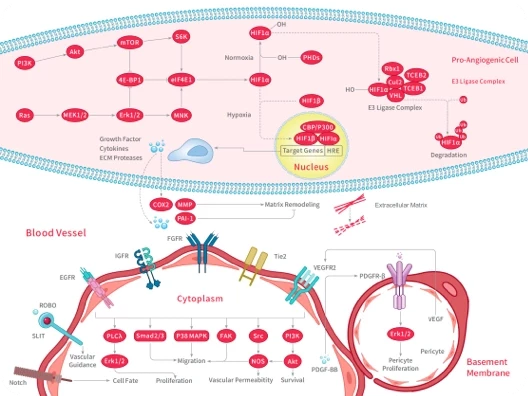
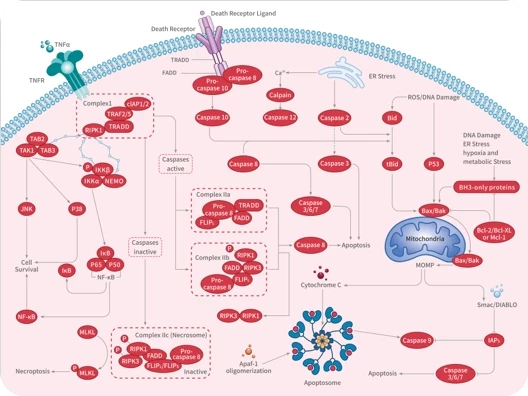
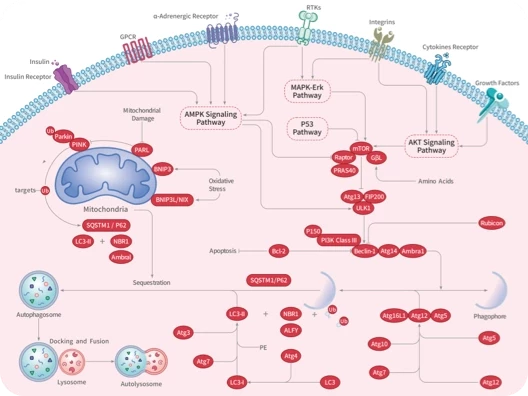

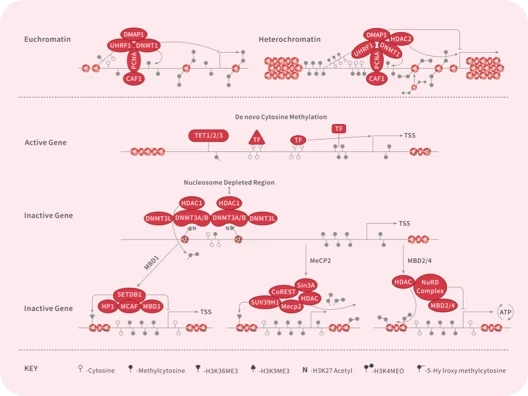
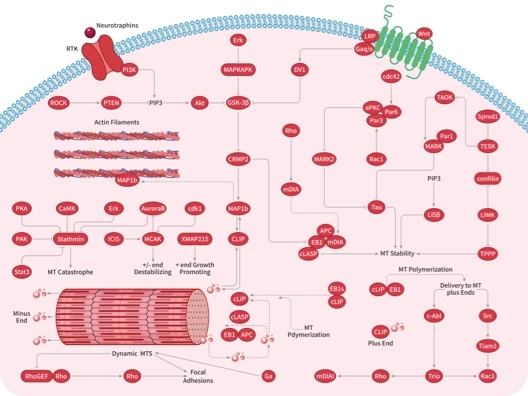
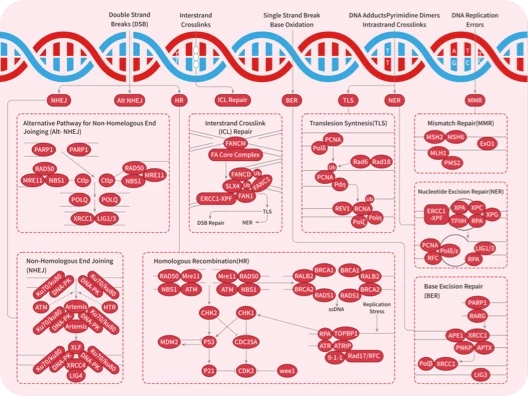
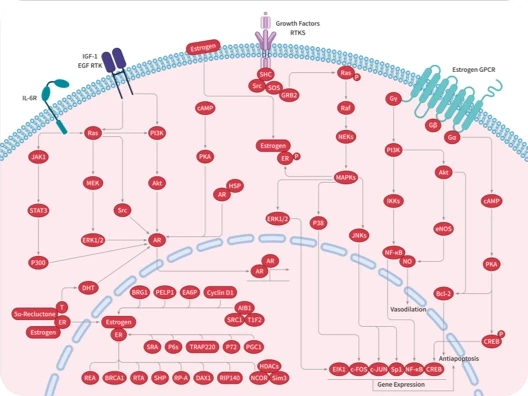
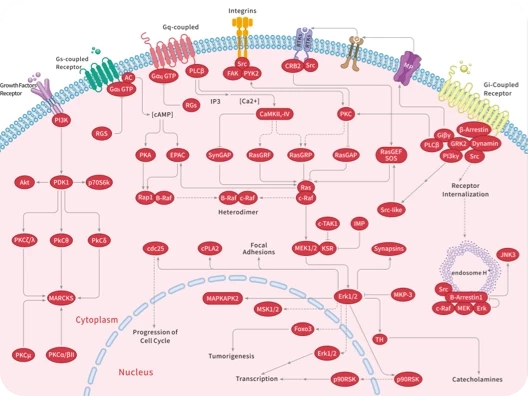
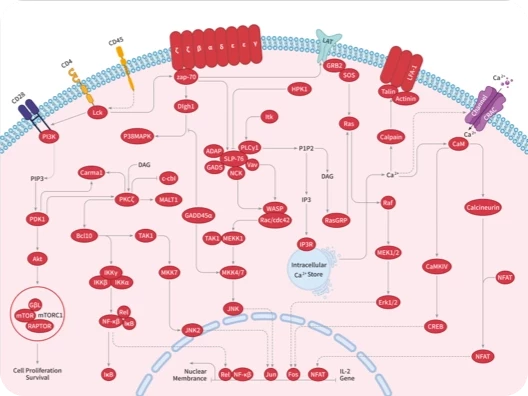
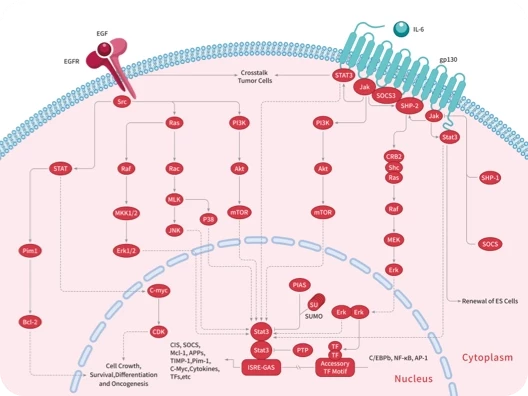

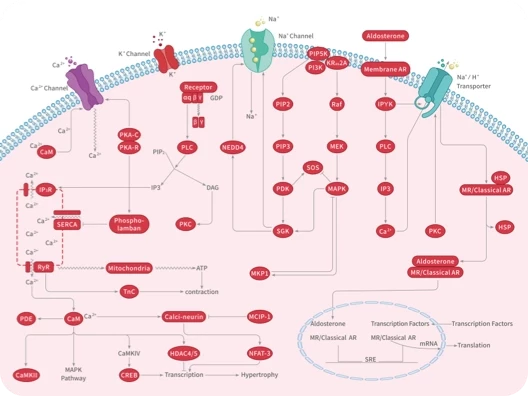
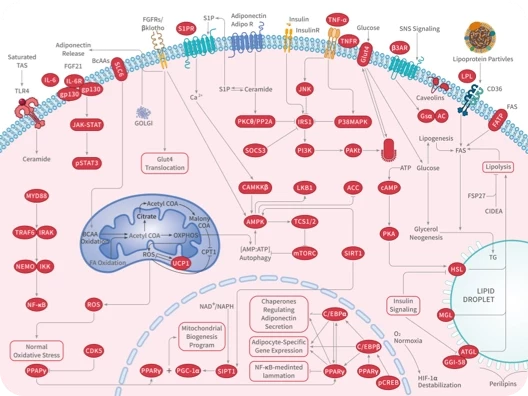
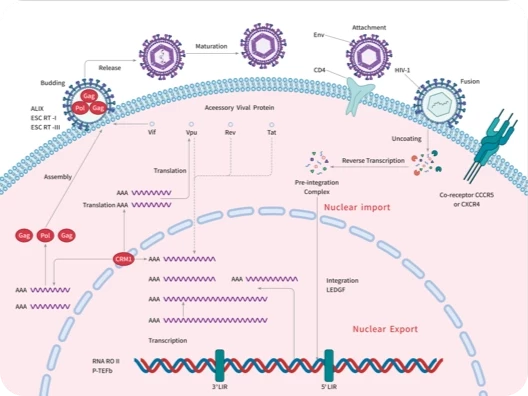

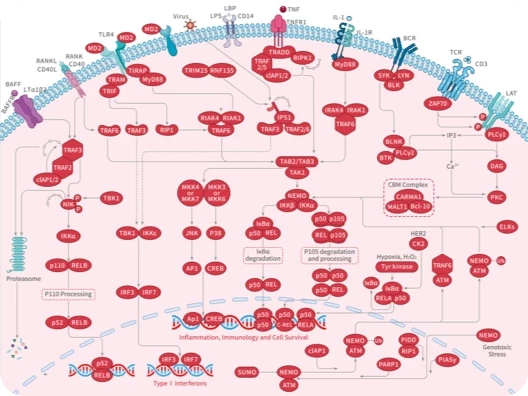
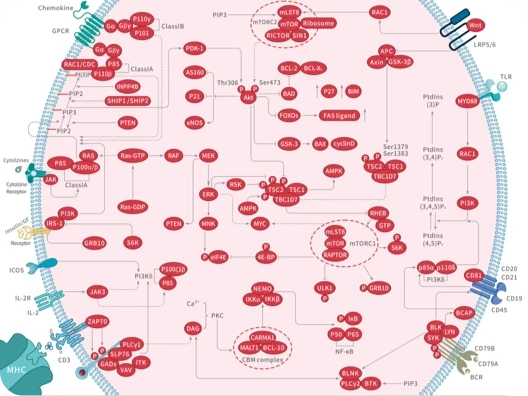
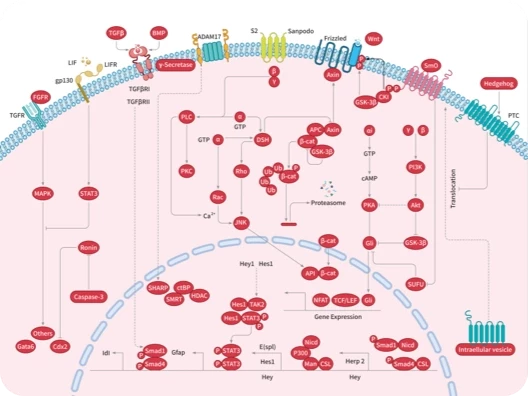
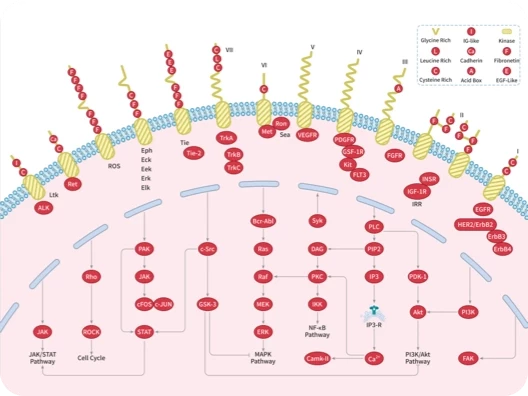



 还可以
还可以

 |
|
评论内容